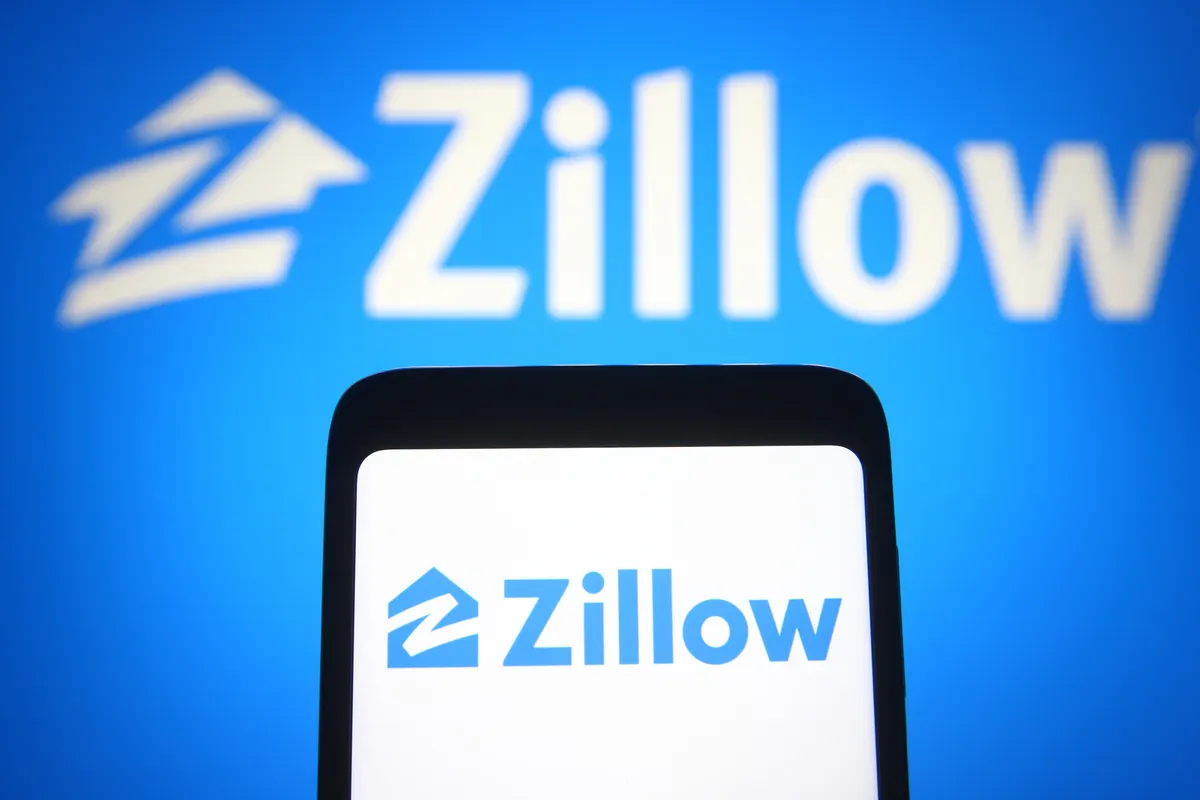Zillow is a prominent online real estate marketplace that provides valuable information about properties, rental listings, and home values. While Zillow offers an excellent platform for users to explore real estate opportunities, there may arise situations where you want to extract data from the platform for analysis, research, or other purposes. This is where web scraping comes into play. In this article, we will delve into the process of scraping Zillow and extracting real estate data using various tools and techniques.
Understanding Web Scraping: Web scraping refers to the automated extraction of data from websites. It allows you to gather information from multiple web pages quickly and efficiently. By scraping Zillow, you can obtain a wealth of real estate data, including property details, pricing information, listing descriptions, and much more.
Legal Considerations: Before we delve into the technical aspects of scraping Zillow, it is essential to understand the legal implications. While web scraping is a powerful technique, it is crucial to respect the website’s terms of service and any legal restrictions that may apply. Zillow, like many other websites, may have specific policies in place regarding scraping and data usage. Ensure that you comply with these policies and avoid any unethical or illegal activities during the scraping process.
Scraping Zillow using Python: Python is a popular programming language for web scraping due to its simplicity and a wide range of libraries specifically designed for this purpose. One such library is Beautiful Soup, which provides an easy-to-use interface for parsing HTML and XML documents. Here’s a step-by-step guide to scraping Zillow using Python:
- Install the necessary libraries:
- Install Python on your system.
- Install the Beautiful Soup library using the pip package manager.
- Import the required modules:
- Import the requests module to send HTTP requests to Zillow’s website.
- Import Beautiful Soup to parse and extract data from the HTML response.
- Send a request to Zillow:
- Use the requests module to send a GET request to the desired Zillow page.
- Obtain the HTML response containing the webpage’s content.
- Parse the HTML response:
- Create a Beautiful Soup object by passing the HTML response and a parser (e.g., ‘html. parser’).
- The Beautiful Soup object allows you to navigate and extract data from the HTML structure.
- Locate the data elements:
- Inspect the HTML structure of the Zillow page to identify the specific elements you want to extract.
- Use Beautiful Soup’s methods to navigate through the HTML tree and locate the desired data.
- Extract the data:
- Once you have located the desired elements, use Beautiful Soup’s methods to extract the data.
- Extract property details, prices, addresses, listing descriptions, and any other relevant information.
- Store the data:
- Decide on the format in which you want to store the extracted data (e.g., CSV, JSON, database).
- Create the necessary data structures and store the scraped information accordingly.
- Handle pagination:
- If you want to scrape multiple pages of listings, you need to handle pagination.
- Extract the pagination links from the HTML response and iterate through them to scrape additional pages.
- Implement anti-scraping measures:
- To avoid detection and potential IP blocking, implement techniques like randomizing request intervals and user-agent headers.
Conclusion: Scraping Zillow can be a powerful way to gather real estate data for analysis and research. However, it is crucial to approach web scraping ethically and legally, respecting the website’s terms of service. Python, along with libraries like Beautiful Soup, provides an excellent framework for scraping Zillow and extracting valuable real estate information. By following the steps outlined in this article, you can embark on your web scraping journey and unlock the potential of Zillow’s vast real estate database. Remember to use the extracted data responsibly and in compliance with all applicable laws and regulations.
